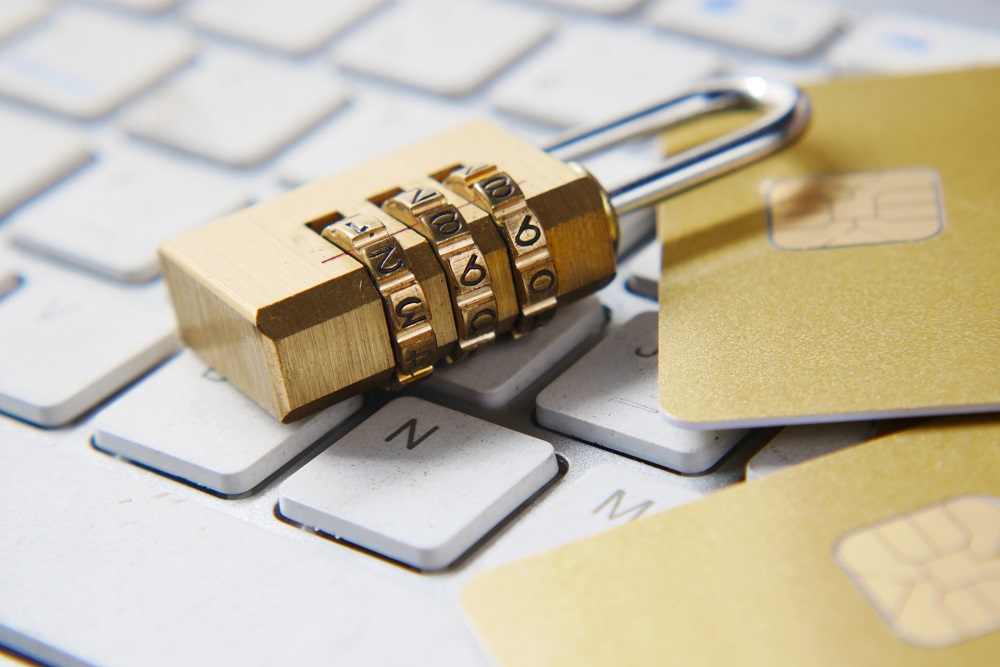
Identity theft is when someone steals your personal information — like your Social Security number, credit card numbers, or passwords — to commit fraud and make unauthorized purchases, obtain credit, or get money illegally.
This is a major problem affecting people across the United States (and around the world). According to the National Council on Identity Theft Protection, roughly one-third of all Americans have faced or will face some form of identity theft at least once in their lifetimes.
We asked Julie Heaton, director of Penn State’s Sokolov-Miller Family Financial and Life Skills Center, to share important information you should know about identity theft.
Warning Signs of Identity Theft
It’s important to be diligent in monitoring your bank and credit card accounts, personal information, and financial activity so you can spot any issues quickly. The Federal Trade Commission advises consumers to be alert for any of these flags:
- unauthorized charges or withdrawals from your accounts
- purchases you don’t recognize appearing on your statements
- communications from creditors you don’t recognize or relating to accounts you didn’t open
- accounts or bills you don’t recognize on your credit report
Ways to Help Detect Identity Theft
The sooner you become aware that someone has stolen — or is trying to steal — your identity, the better your chances of blocking it or at least minimizing the damage. Some strategies to help you spot identity theft in progress:
- Monitor all accounts closely. Get in the habit of reviewing your online account activity regularly, perhaps even as part of your daily routine (at least for your primary bank account or other accounts you use often).
- Consider setting up activity notifications. Many banks and creditors give you the option of requesting alerts via text or email in specific circumstances, such as when a withdrawal or purchase above a certain dollar amount occurs.
- Take immediate action to investigate any strange or unfamiliar activity. Be aware that scammers will sometimes initially attempt a transaction in a small amount as a test to see if it will work, so taking action right away may help prevent them from doing further damage.
- Don’t ignore unusual financial communications (but proceed with caution). If you get a notice from a creditor, lender, or government agency such as the IRS or Department of Labor about an issue you’re unaware of, don’t simply brush it off as a clerical error. Call and ask for an explanation. Make sure you look up the organization’s contact information on their official website — don’t call a number or click on a link you receive in a random email/text or unexpected letter, as that could be a “phishing” ploy, which is actually an attempt to steal your identity.
How to Prevent Identity Theft
Trying to fix the issues created by identity theft can be time-consuming and frustrating. The best strategy is to be proactive and take steps to help prevent identity theft from happening in the first place.
- Use an identity protection or credit monitoring service. They can alert you when someone tries to open credit in your name or when they detect any potentially suspicious activity related to your identity or accounts.
- Act fast if you think any of your information was stolen or is at risk. If your wallet or personal documents are lost or stolen, or if you’ve been informed that your accounts or information may be involved in a security breach, the FTC recommends some steps you should take to protect your information.
- Consider a credit freeze. A credit freeze blocks access to your credit report, which prevents anyone — including you — from opening credit in your name. (You can remove the freeze when you plan to apply for credit.)
Resources:
- Financial Literacy: Credit Score Basics — this blog post reviews important things you should know about credit scores
- MoneyCounts: A Financial Literacy Series Self-Study Modules — these self-study modules (maintained thanks to support from the Pennsylvania State Employees Credit Union) cover a wide range of personal finance topics
Photo by Towfiqu barbhuiya on Unsplash


